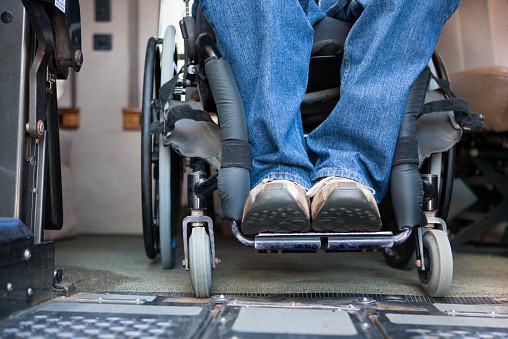A paralysis cure rests in an early study of an implant that brings an epidural electrical stimulation to a person's spinal cord and it already helped three men from walking again. The EPFL's study brings this discovery to the world and reports on its initial findings that already helped restore people's mobility in selected cases under the study.
Paralysis Cure? EES of the Spinal Cord Helped Regain Mobility

A study published in Nature this February entitled " Activity-dependent spinal cord neuromodulation rapidly restores trunk and leg motor functions after complete paralysis," brings a new focus on giving a cure to paralysis.
The study claimed that it helped three men regain mobility despite being completely paralyzed or unable to perform motor functions. Lead author Gregoire Courtine claims that the procedure called EES of the spinal cord may help in re-engaging spinal nerves from the upper body and the legs to work together using the tech, via a device that focuses on the special needs of a person.
Epidural Electric Stimulation: What is It, How Does it Work?
Last year, researchers claimed that the Epidural Electric Stimulation of the spinal cord helped in restoring motor functions in mice with a severely damaged spine. It focused on an implant that will send electric pulses to the damaged nerves and alternate to bring a person or animal to regain the mobility they once had.
Functions of the body from the brain that controls movement are mostly electrical and it presents the body with the ability to rapidly send commands to different mobile actions.
Health Tech for Paralysis and Mobility
There are numerous studies and research that focus on helping people walk again and it is through the help of health technology that aims to restore these functions. One of the most popular companies to do this is Elon Musk's Neuralink, but it focuses itself more on a brain implant that will promote AI symbiosis for better function.
Studies that looked into the EES focus for the spinal cord to help regain mobility were also the focus of other researchers in the past. The study thought that it has massive potential in bringing back mobility to those plagued by paralysis, or who suffered from a traumatic event that left them unable to move or function like their past selves. Nevertheless, one of the significant focuses of health tech is helping humans to move or walk again, especially if they have complete limbs, focusing more on the spinal cord and other connected systems.
The EPFL already brought three living and walking humans as testaments to the success of the EES implant, but it is still early in the study to bring conclusive evidence that this is the cure to paralysis.
Read also: EvoWalk: Evolution Devices Launches AI Platform That Could Help People With Walking Paralysis
This article is owned by TechTimes
Written by Isaiah Richard
![Apple Watch Series 10 [GPS 42mm]](https://d.techtimes.com/en/full/453899/apple-watch-series-10-gps-42mm.jpg?w=184&h=103&f=9fb3c2ea2db928c663d1d2eadbcb3e52)



